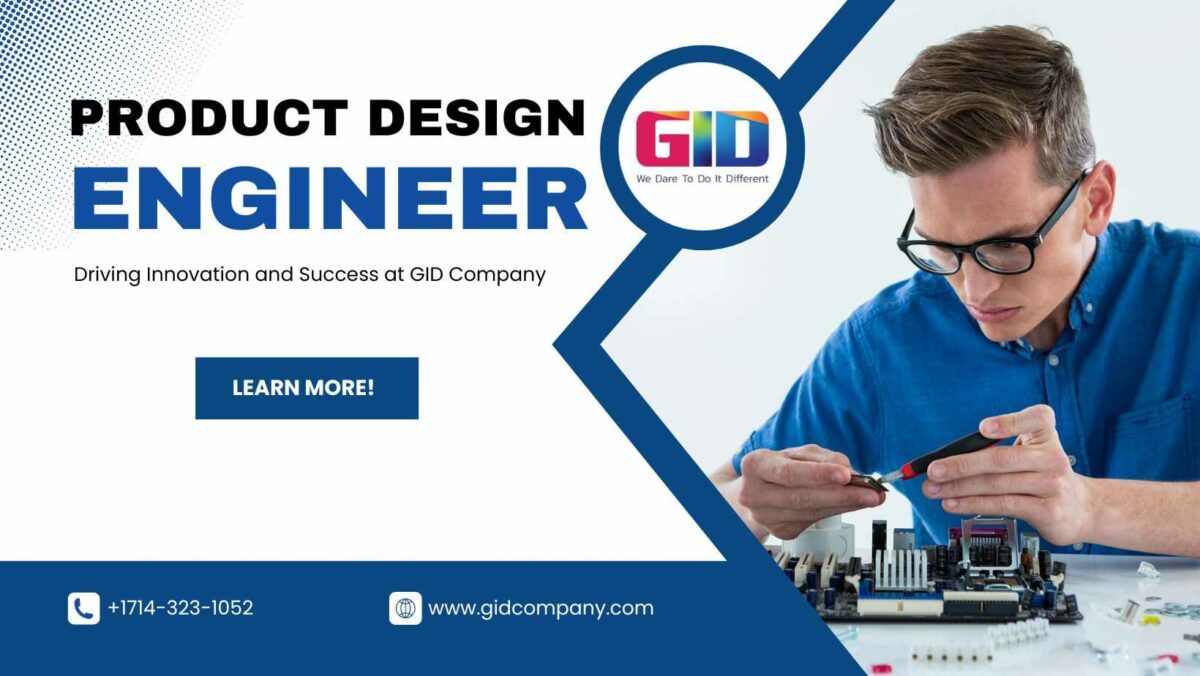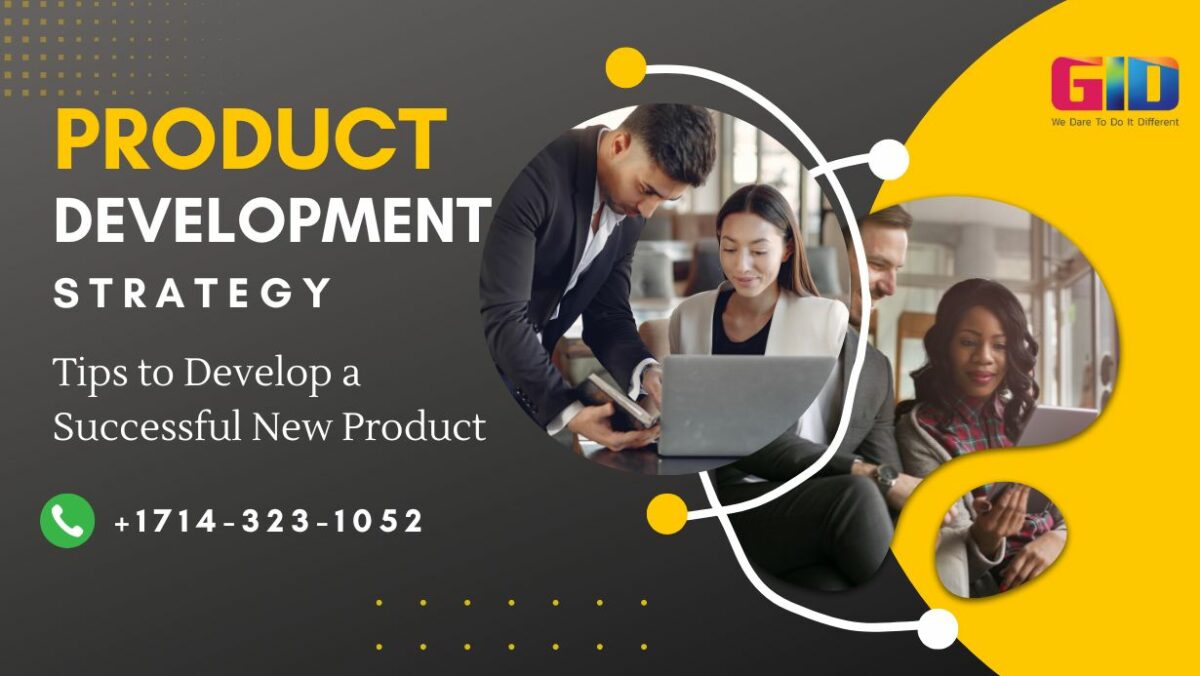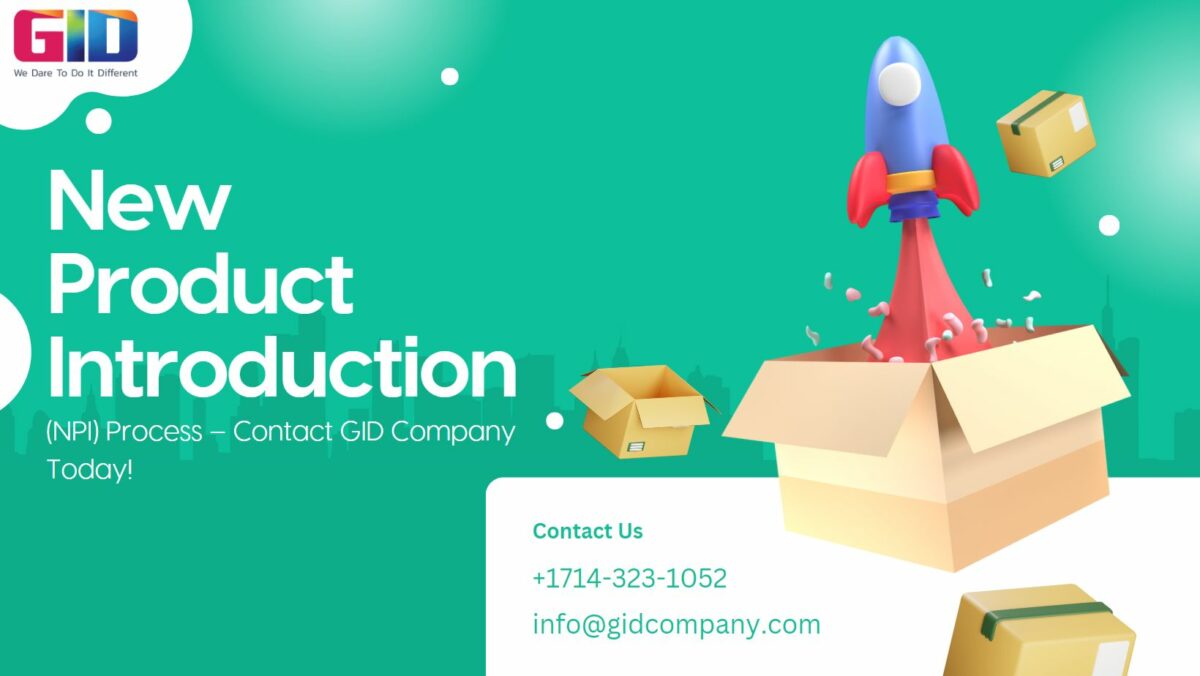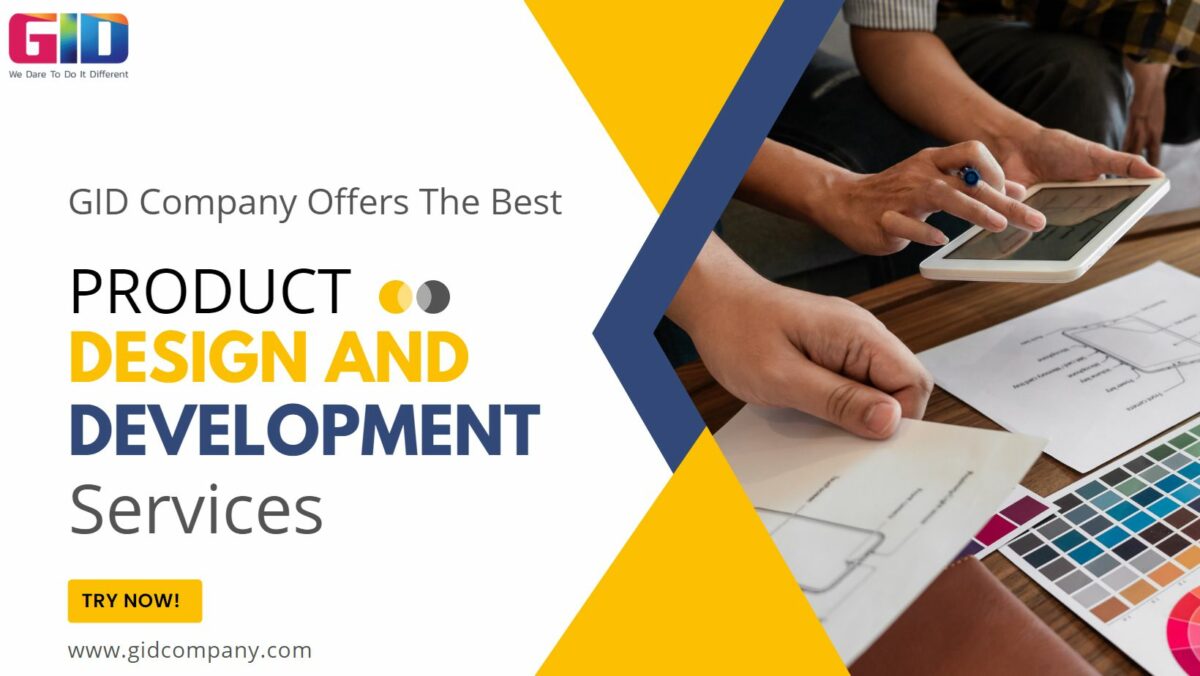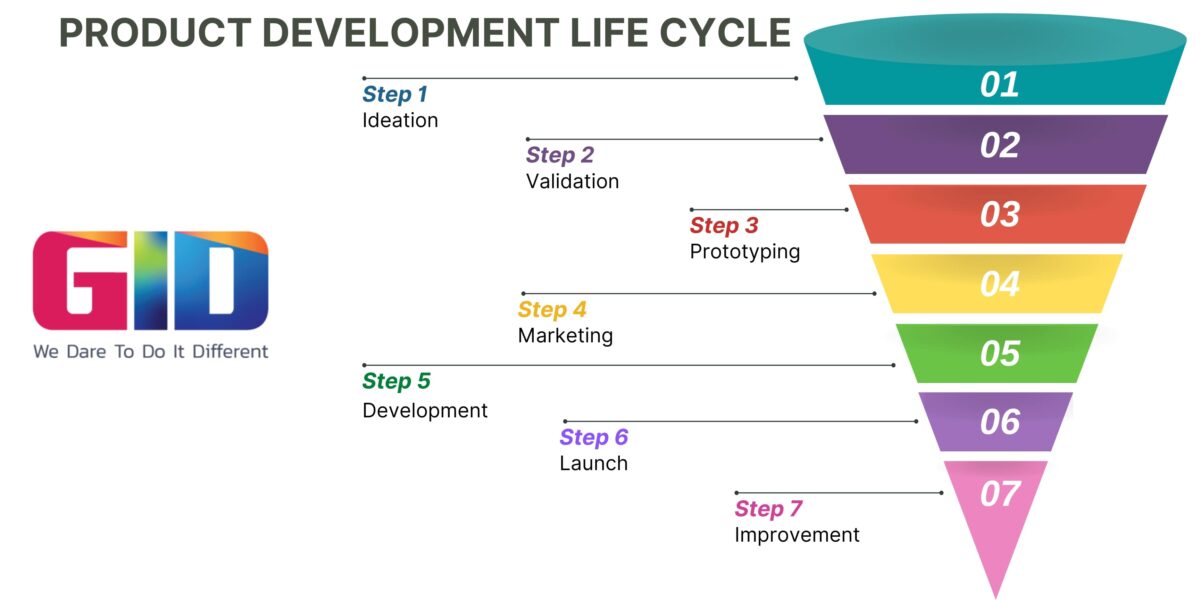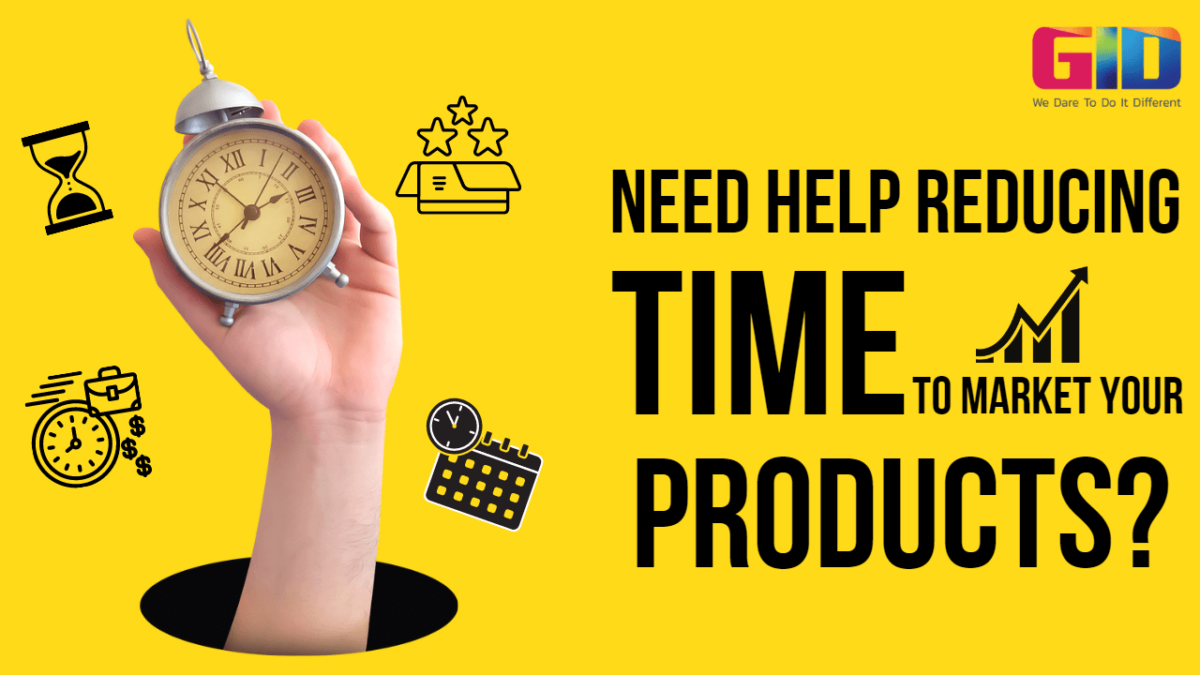Product engineering plays a pivotal role in transforming ideas into tangible products that meet customer needs and drive business success. At GID Company, a leading innovator in the industry, product engineers are at the forefront of shaping the future. In this blog, we will explore the various specializations within product engineering, highlighting the responsibilities and contributions of product design engineers, product development engineers, product management engineers, product support engineers, and product security engineers.
Role of a Product Design Engineer
Within the realm of product engineering, there are several specialized roles, each with its own unique focus and responsibilities.
- Product Design Engineer: These engineers are responsible for creating innovative and user-centered product designs. They combine technical expertise with a deep understanding of user needs, employing design thinking methodologies to develop products that are functional, aesthetically pleasing, and intuitive.
- Product Development Engineer: Product development engineers collaborate closely with cross-functional teams to bring product concepts to life. They oversee the technical aspects of the development process, ensuring that products are engineered to meet design specifications, functionality requirements, and quality standards.
- Product Management Engineer: Bridging the gap between technical and business aspects, product management engineers play a crucial role in strategic planning and market analysis. They assess market trends, competition, and customer feedback to guide product development decisions, aiming to align business objectives with customer needs.
- Product Support Engineer: Once a product is launched, product support engineers’ step in to ensure smooth operations and customer satisfaction. They provide technical assistance, troubleshoot issues, and address customer concerns, working closely with the customer support team to deliver exceptional post-sales service.
- Product Security Engineer: In an era of increasing cybersecurity threats, product security engineers are responsible for safeguarding products against vulnerabilities. They collaborate with cybersecurity experts to identify potential risks, implement robust security measures, and ensure the integrity and confidentiality of sensitive data.
GID Company’s Approach to Product Engineering
GID Company places a strong emphasis on interdisciplinary collaboration and innovation in product engineering.
The company fosters a culture of collaboration, where teams from different disciplines work together to exchange ideas, leverage diverse perspectives, and drive innovation. This approach enhances the overall product development process and results in groundbreaking solutions that meet the evolving needs of customers.
GID Company also adopts agile methodologies, which enable iterative and incremental development. This agile approach ensures flexibility and adaptability throughout the product lifecycle, allowing the company to respond swiftly to changing market demands and deliver high-quality products efficiently.
Continuous learning and professional development opportunities are provided to product engineers at GID Company. By staying abreast of the latest technological advancements and industry trends, engineers are equipped to tackle complex challenges and bring cutting-edge solutions to the market.
Skills and Qualities of a Successful Product Engineer
To excel in the role of a product engineer, certain skills and qualities are essential:
- Technical Expertise: Product engineers need a strong foundation in engineering principles, coupled with a deep understanding of relevant tools and technologies.
- Analytical and Problem-Solving Skills: The ability to analyze complex problems, think critically, and develop innovative solutions is crucial in the product engineering domain.
- Effective Communication and Teamwork: Collaboration with cross-functional teams, effective communication, and the ability to work well in a team setting are vital for successful product engineering.
- Adaptability: Product engineers must thrive in a fast-paced environment, be open to change, and adapt quickly to emerging technologies and market dynamics.
The Future of Product Engineering at GID Company
Looking ahead, GID Company anticipates exciting advancements and emerging technologies in the field of product engineering. Artificial intelligence, Internet of Things (IoT), and sustainable design principles are expected to shape the future landscape.
GID Company is committed to sustainability and ethical considerations in product engineering. By integrating environmentally friendly practices and promoting social responsibility, the company aims to create products that have a positive impact on both customers and the planet.
Product engineers will continue to play a crucial role in driving the growth and competitiveness of GID Company. Their expertise in technological advancements, market trends, and customer insights will contribute to the development of innovative and market-leading products.
Product engineers at GID Company are instrumental in transforming ideas into reality, driving innovation, and ensuring customer satisfaction. The diverse specializations within product engineering, including product design, development, management, support, and security, showcase the multifaceted nature of the role.
Aspiring product engineers should embrace the opportunity to make a difference in the world of technology and business. With GID Company’s commitment to innovation and a supportive environment, a rewarding and impactful career awaits those who choose to embark on this exciting path. You can like our Facebook page and follow us on Twitter as well.


